Tea Plant Care: Learn About Tea Plants In The Garden
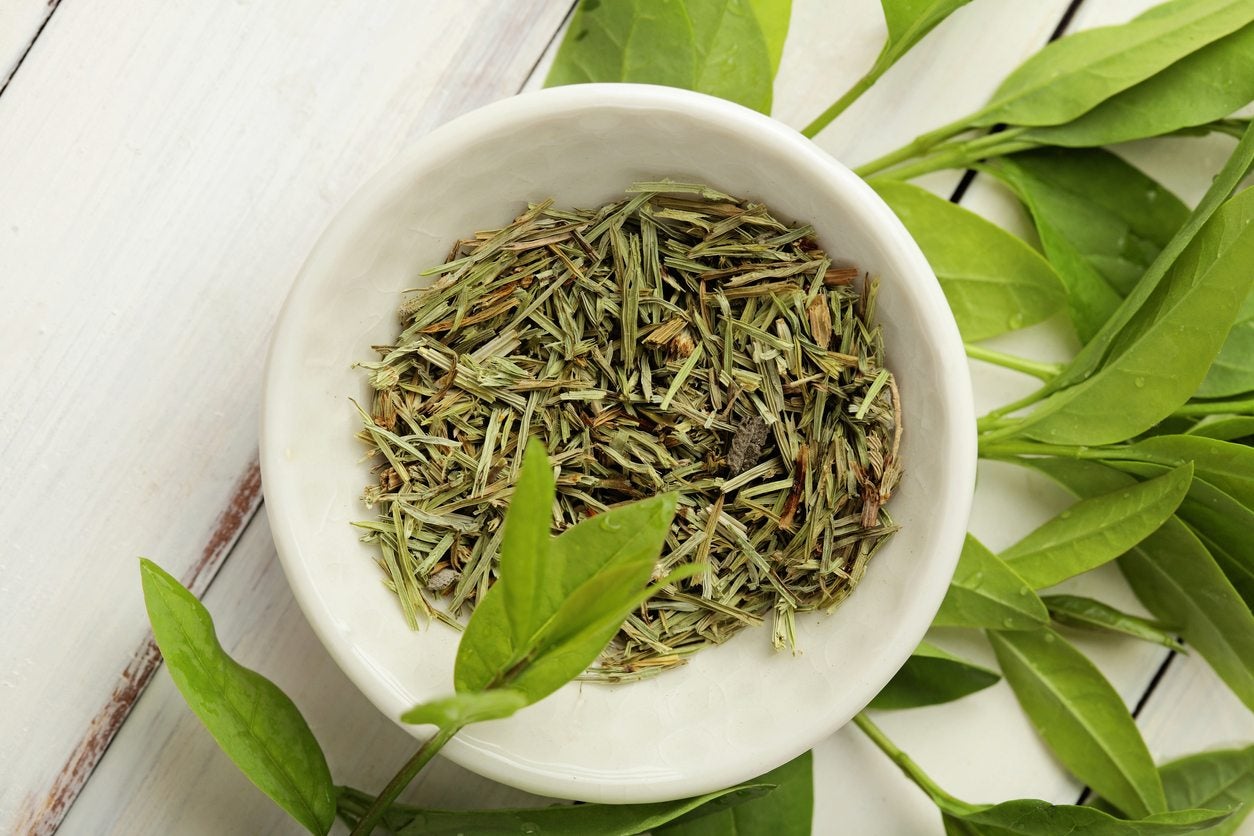
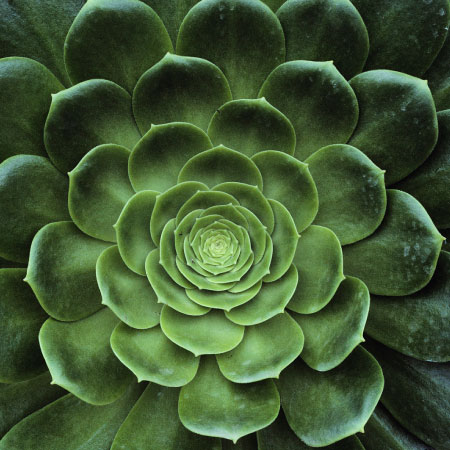
What are tea plants? The tea we drink comes from various cultivars of Camellia sinensis, a small tree or large shrub commonly known as the tea plant. Familiar teas such as white, black, green, and oolong all come from tea plants, although the method of processing varies considerably. Read on to learn about growing tea plants at home.
Tea Plants in the Garden
The most familiar and widely grown tea plants include two common varieties: Camellia sinensis var. sinensis, used primarily for white and green tea, and Camellia sinensis var. assamica, used for black tea. The first is native to China, where it grows at very high elevations. This variety is suitable for moderate climates, generally USDA plant hardiness zones 7 through 9. The second variety, however, is native to India. It isn’t frost-tolerant and grows in tropical climates of zone 10b and above. There are countless cultivars derived from the two main varieties. Some are hardy plants that grow in climates as far north as zone 6b. In colder climates, tea plants do well in containers. Bring the plants indoors before temperatures drop in autumn.
Growing Tea Plants at Home
Tea plants in the garden require well-drained, slightly acidic soil. An acidic mulch, such as pine needles, will help retain the proper soil pH. Full or dappled sunlight is ideal, as are temperatures between 55 and 90 degrees F. (13-32 C.). Avoid full shade, as tea plants placed in the sun are more robust. Otherwise, tea plant care isn’t complicated. Water plants frequently during the first two years – generally two or three times per week during the summer, using rainwater whenever possible. Allow the soil to dry slightly between waterings. Saturate the root ball but don’t overwater, as tea plants don’t appreciate wet feet. Once the plants are well established, continue to water as needed during hot, dry weather. Spray or mist the leaves lightly during dry periods, as tea plants are tropical plants that thrive in humidity. Pay close attention to tea plants grown in containers, and never allow the soil to become completely dry. Fertilize in spring and early summer, using a product formulated for camellia, azalea, and other acid-loving plants. Always water well before feeding tea plants in the garden, and immediately rinse any fertilizer that lands on the leaves. You can also use a water-soluble fertilizer.
Gardening tips, videos, info and more delivered right to your inbox!
Sign up for the Gardening Know How newsletter today and receive a free copy of our e-book "How to Grow Delicious Tomatoes".

A Credentialed Garden Writer, Mary H. Dyer was with Gardening Know How in the very beginning, publishing articles as early as 2007.
-
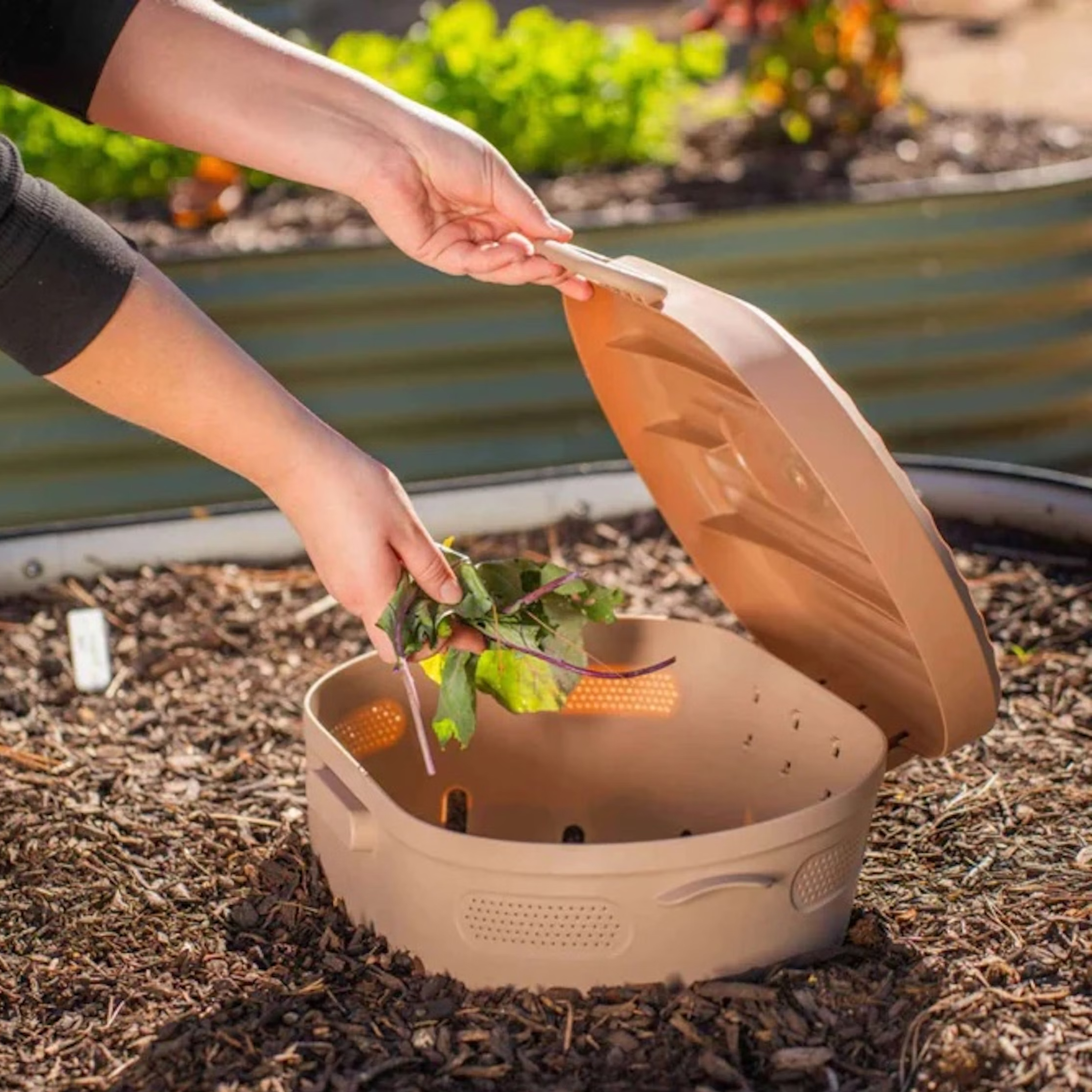 Try The Trend – Turn Any Bed Into A Keyhole Garden With This Clever In-Ground Composter
Try The Trend – Turn Any Bed Into A Keyhole Garden With This Clever In-Ground ComposterKeyhole gardening is an efficient and sustainable practice that saves space. Get started on this DIY project quickly and easily with an in-ground composter.
By Bonnie L. Grant
-
 4 Superfast Composting Methods: Turn Waste Into Garden Gold In 30 Days Or Less
4 Superfast Composting Methods: Turn Waste Into Garden Gold In 30 Days Or LessTry the fastest composting methods to turbocharge your pile and transform kitchen scraps and garden waste into finished compost in just a few weeks.
By Mary Ellen Ellis
-
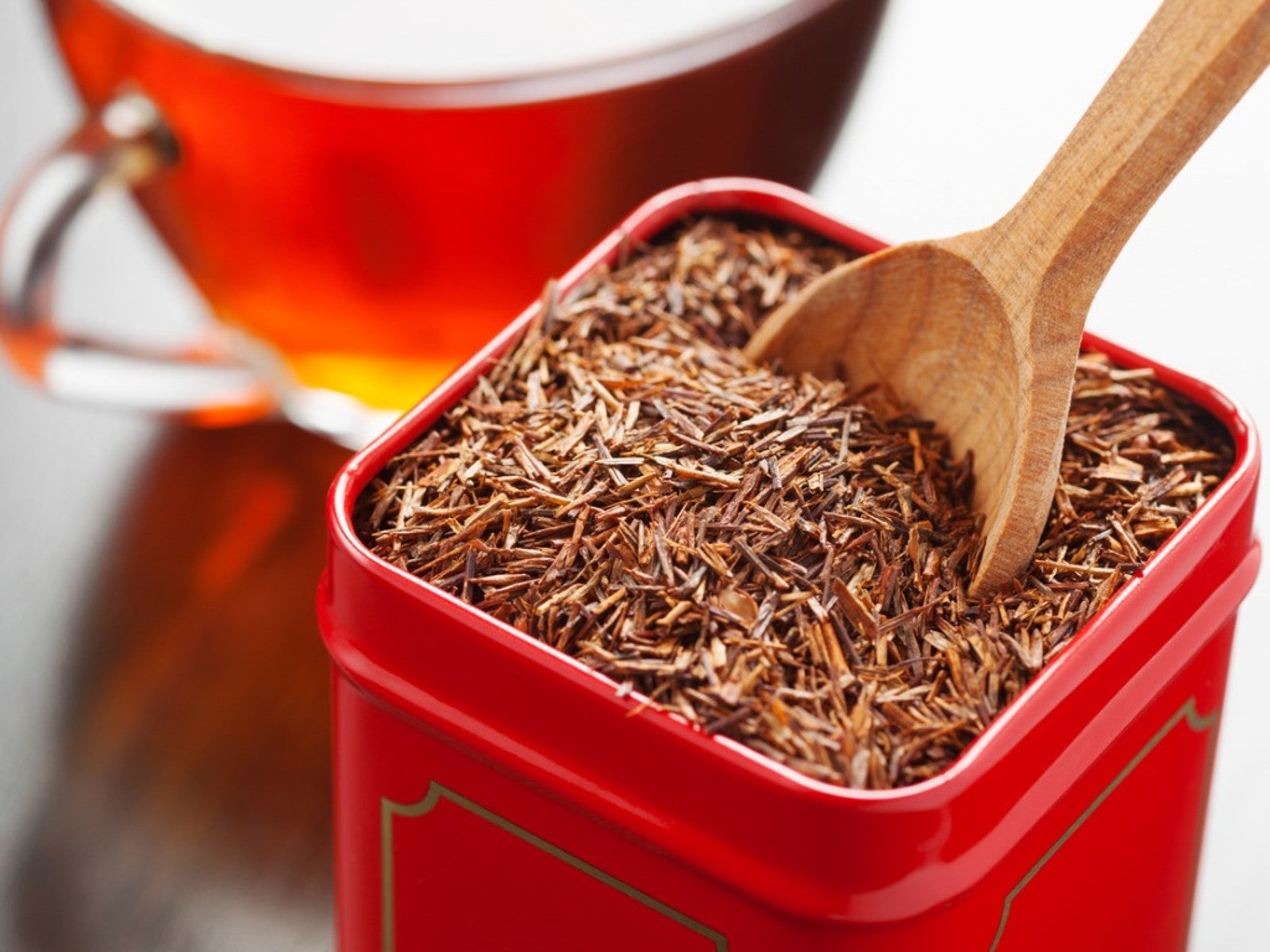 How To Grow Rooibos Tea: Growing Aspalathus Linearis For Rooibos Tea
How To Grow Rooibos Tea: Growing Aspalathus Linearis For Rooibos TeaWhile the health benefits make growing the rooibos tea shrub promising, it can be a bit tricky to cultivate. Read on for more info.
By Laura Miller
-
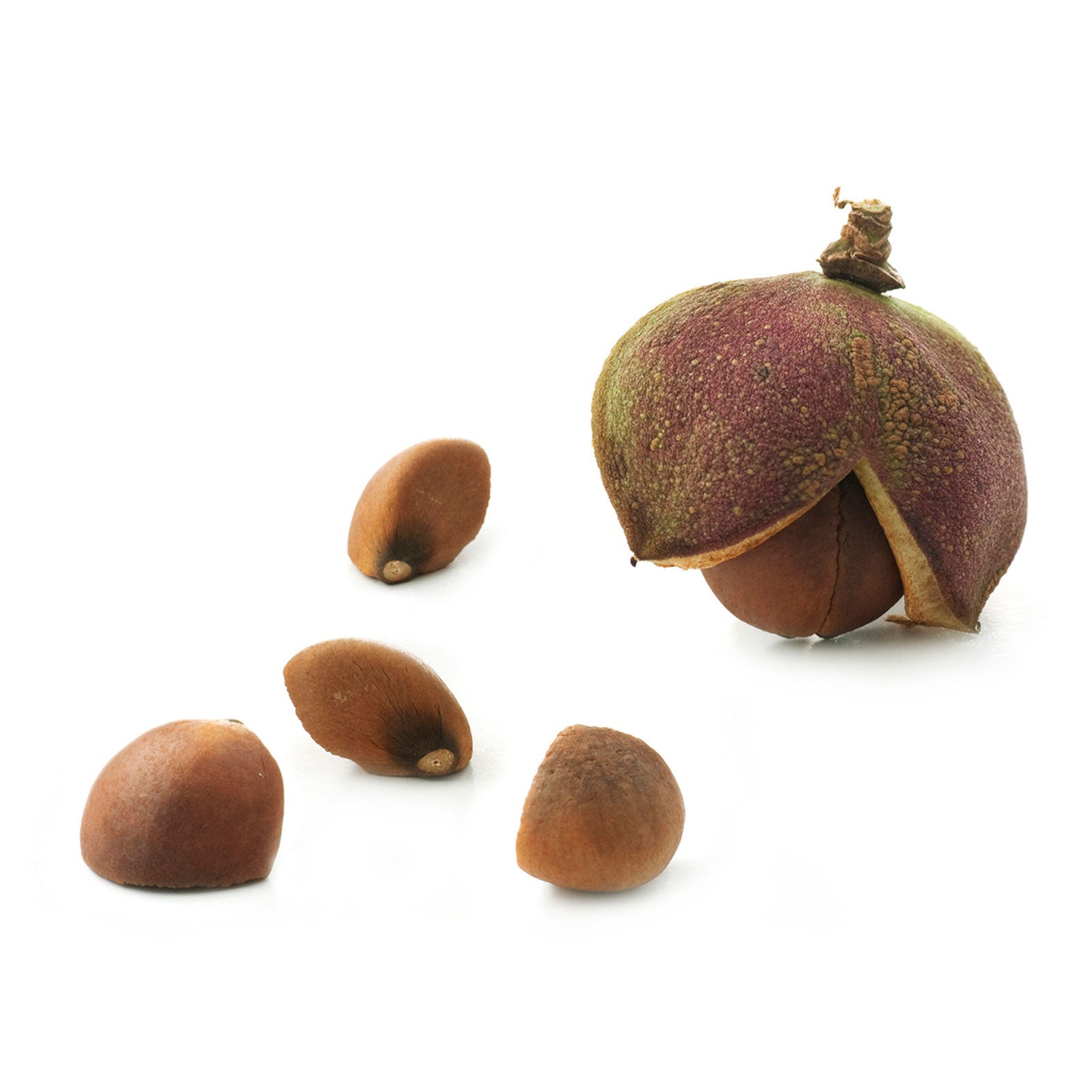 Growing Tea From Seed – Tips For Germinating Tea Seeds
Growing Tea From Seed – Tips For Germinating Tea SeedsArguably one of the most popular beverages that exist is tea. It has been consumed for thousands of years, steeped in historical folklore, references, and rituals. With all this interesting history, you may be interested in learning to plant tea seeds. Click here to learn more.
By Amy Grant
-
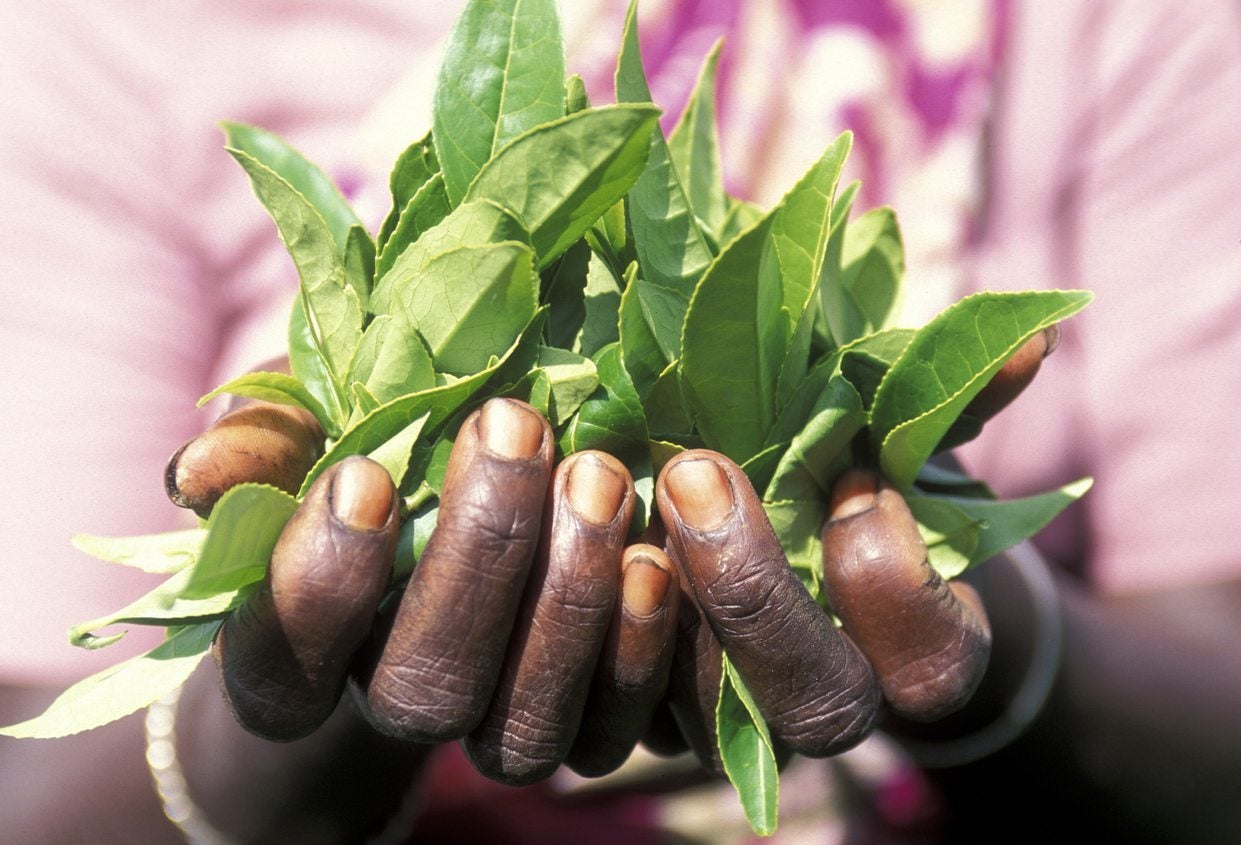 Pruning Tea Leaves – When To Prune A Tea Plant
Pruning Tea Leaves – When To Prune A Tea PlantTea plant pruning is an essential part of the shrub's care if you are interested in harvesting its leaves for tea. If you are wondering how to prune tea plants or when to prune a tea plant, click on the following article for helpful tips.
By Teo Spengler
-
 When To Harvest Tea Plants: Information On Tea Plant Harvesting
When To Harvest Tea Plants: Information On Tea Plant HarvestingGrowing the tea plant, Camellia sinensis, allows you to produce your own tea at home. But how do you get from the plant to the cup? Learn more about harvesting tea plants in this article.
By Amy Grant
-
 Growing Tea At Home – Learn About Tea Plant Container Care
Growing Tea At Home – Learn About Tea Plant Container CareDid you know that you can grow your own tea? This evergreen shrub can be grown outdoors in USDA zones 7-9 but for those in cooler zones, consider growing tea plants in pots. Learn more in this article.
By Amy Grant